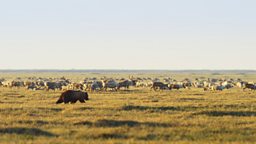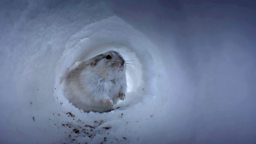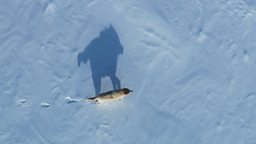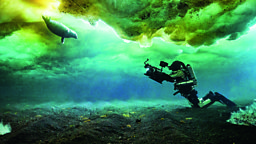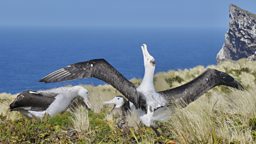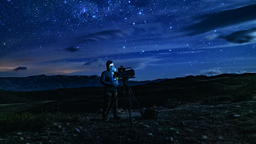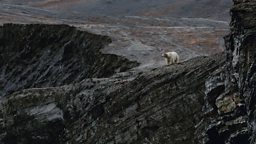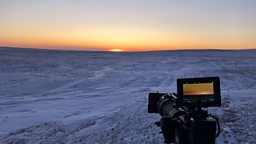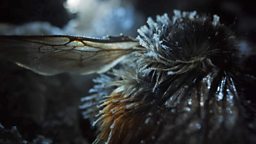Camping in the 'Sacred Place Where Life Begins'
By Jane Atkins, Producer for Frozen Planet II
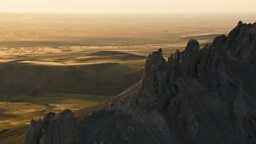
it genuinely is one of the last wildernesses on Earth
It took at least six days to get from the UK to Alaska’s very remote North Slope – and the protected wilderness called the Arctic National Wildlife refuge. Quite rightly, there are strict rules to even enter this area, as it genuinely is one of the last wildernesses on Earth. No fuel generators are allowed, only camping, and using solar panels for power. After we set up our camp, and the hustle and bustle stopped, we finally sat down and observed something special. Total silence! That was one of my first impressions. It was so quiet, so calm.
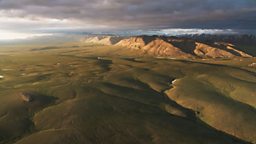
we were very much hoping we had gambled right
We had decided to come to film here in the early summer, just as the caribou were due to arrive with their young calves. I say 'due'. There was a very high risk that they wouldn’t, they might enter through the Brooks Mountain Range into Canada, and miss this area entirely, but we were very much hoping we had gambled right. I was filming with cameraman Florian Schulz, who had spent the last four years filming in this refuge for a feature film release, trying to raise its profile in America. Despite this area being a critical refuge for caribou, bears, wolves and more, it is under threat from oil development. So Florian had spent several summers and winters here filming the species that rely on its protection. Thanks to his expertise and contacts, and help from scientists tracking the caribou, it turned out we were indeed in the right spot.
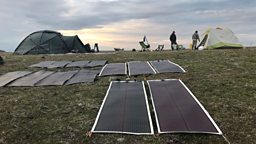
you feel so small and surrounded by nature and epic landscapes
The cotton grass was in bloom, lit beautifully by the Arctic sun that never dipped below the horizon. And soon, the first lone caribou appeared in the distance about 500 metres away. It nodded as if to welcome us and then calmly carried on. Where were the rest? We were hoping for thousands. As we unpacked our kit and built a ‘bear-proof electric fence’ around the tents we scoured the horizon. A wolf appeared over the other side of the river, 250 metres away, ignoring us as it trotted off to find food - and then someone called out, ‘Wolverine on the ridge!' I had never been in a wilderness on foot where you feel so small and surrounded by nature and epic landscapes on such a scale.
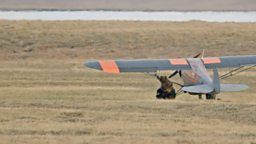
it is no wonder people describe this region as America's Serengeti
We started filming and had three weeks on location under 24 hours of daylight – in one endless summer. It was an incredible place to be and witness one of the last great herds of caribou left. The migrations reminded me of wildebeest in Africa, and it is no wonder people describe this region as America's Serengeti. But this was an unseen world with no tourists or cars, which is almost unheard of. With no trees on the Tundra, one grizzly bear took a liking to the small plane we used to drop crews into position, and even used it as a back scratch! Luckily no one was in there at the time!

The Sacred Place Where Life BeginsThe Gwich'in people
Having witnessed first-hand the spectacle of the caribou migration, the tiny calves, and the sheer number of predators hungrily following them, all in need of providing for their offspring too, I now understand one local phrase. The local Gwich'in people call this Arctic coastal plain “The Sacred Place Where Life Begins.” I hope that now, and for future generations, this region, the Arctic National Wildlife Refuge, remains protected, and I am delighted we could film there for Frozen Planet II.
